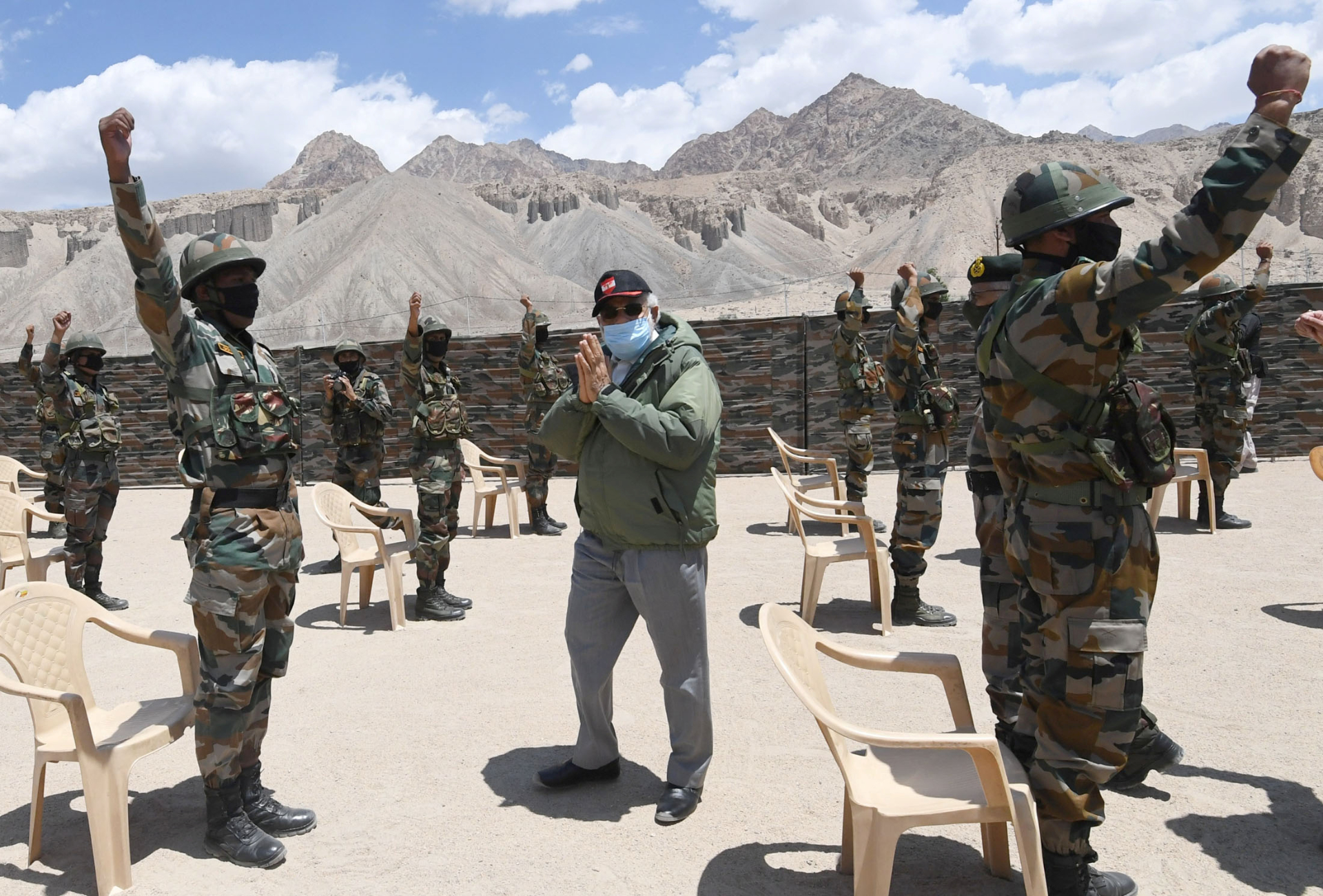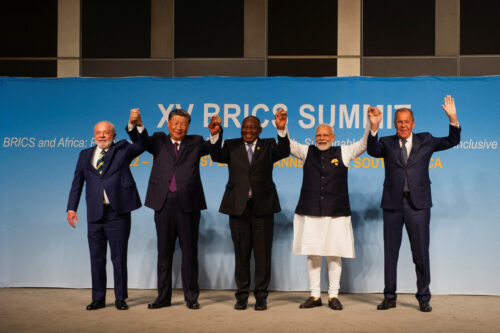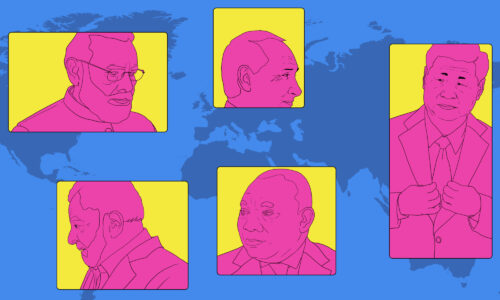A fragile détente between India and China after border standoff
India and China have agreed to stand down from their Himalayan standoff after a call between two senior officials. But there’s no sign of a real thaw in the relationship, and New Delhi is pressing ahead with efforts to limit Chinese involvement in India’s economy. Beijing’s latest new claim to Bhutanese territory won’t help.

After last month’s clashes between Chinese and Indian troops at their countries’ disputed Himalayan border, and India’s ban on TikTok, WeChat, and other Chinese apps, the two sides have agreed on a pause in hostilities.
“China began pulling back troops” from the contested border known as the Line of Actual Control (LAC) today, July 6, according to Indian government sources cited by Reuters. The Times of India used vaguer, more diplomatic language: “India and China have begun a long process of disengagement in eastern Ladakh.” The détente came after a two-hour-long video call between India’s national security adviser Ajit Doval and Chinese Foreign Minister Wáng Yì 王毅.
The Indian government readout of the call says the two diplomats agreed they “should take guidance from the consensus of the leaders” and “should not allow differences to become disputes,” and “therefore, they agreed that it was necessary to ensure at the earliest complete disengagement of the troops along the LAC and de-escalation from India-China border areas.”
The Chinese statement does not use the word disengagement, saying (in English, Chinese) that the two sides have agreed to “abide by the important consensus reached by the leaders of the two countries,” strengthen communications, and “implement, as soon as possible, the agreements reached at the commander-level talks between the border troops of the two countries.” There’s also a little admonition, albeit vaguely worded:
For the incident that occurred not long ago at the Galwan Valley in the western section of the China-India boundary, the merits of what happened are very clear, [Foreign Minister] Wang said, adding that China will continue to firmly defend its territorial sovereignty and safeguard peace and tranquility in the border areas.
Can India and China back down?
The terse language of the two government statements is one indicator that the stand down at the border will not be the end of tensions between the two Asian giants. Other indicators:
Indian Prime Minister Narendra Modi rallied troops at the disputed border just last Friday, July 3, saying that “the military stood ready to defend his country,” per Reuters.
Indian news media is not in a forgiving mood: “Lesson from Doklam: No de-escalation until full return of status quo,” says a piece in The Hindu. “The disengagement will be slow and verified certainly by the Indian side, given a complete lack of trust [in China] after the clashes of June 15,” says the Times of India.
India’s ban on TikTok, WeChat, and other Chinese apps announced a week ago remains in force. Meanwhile, New Delhi is reviewing “around 50 investment proposals involving Chinese companies,” and is seeking to restrict imports of “power supply equipment and components from China.”
China makes new claims on border with Bhutan
Also creating “considerable disquiet in Delhi” is that Beijing made new territorial claims on its border with Bhutan last week, according to the Indian Express. The new Chinese claim was included in a request to develop a wildlife sanctuary in eastern Bhutan at an online meeting of the Global Environment Facility (GEF), which is a World Bank–affiliated organization that finances environmental projects.
Bhutan objected to the Chinese claim, and the GEF approved funding of the wildlife sanctuary, but “the views of both parties were reflected in the minutes.” The Bhutanese government said that “at no point during the boundary discussions between Bhutan and China” had the newly claimed land ever “featured as a disputed area.”
Bhutan was a key player the last time China had a border dispute with India, in 2017. That began when Chinese troops began building roads in and near an already disputed border area. Bhutan’s army asked India for assistance to push back the Chinese construction teams.






